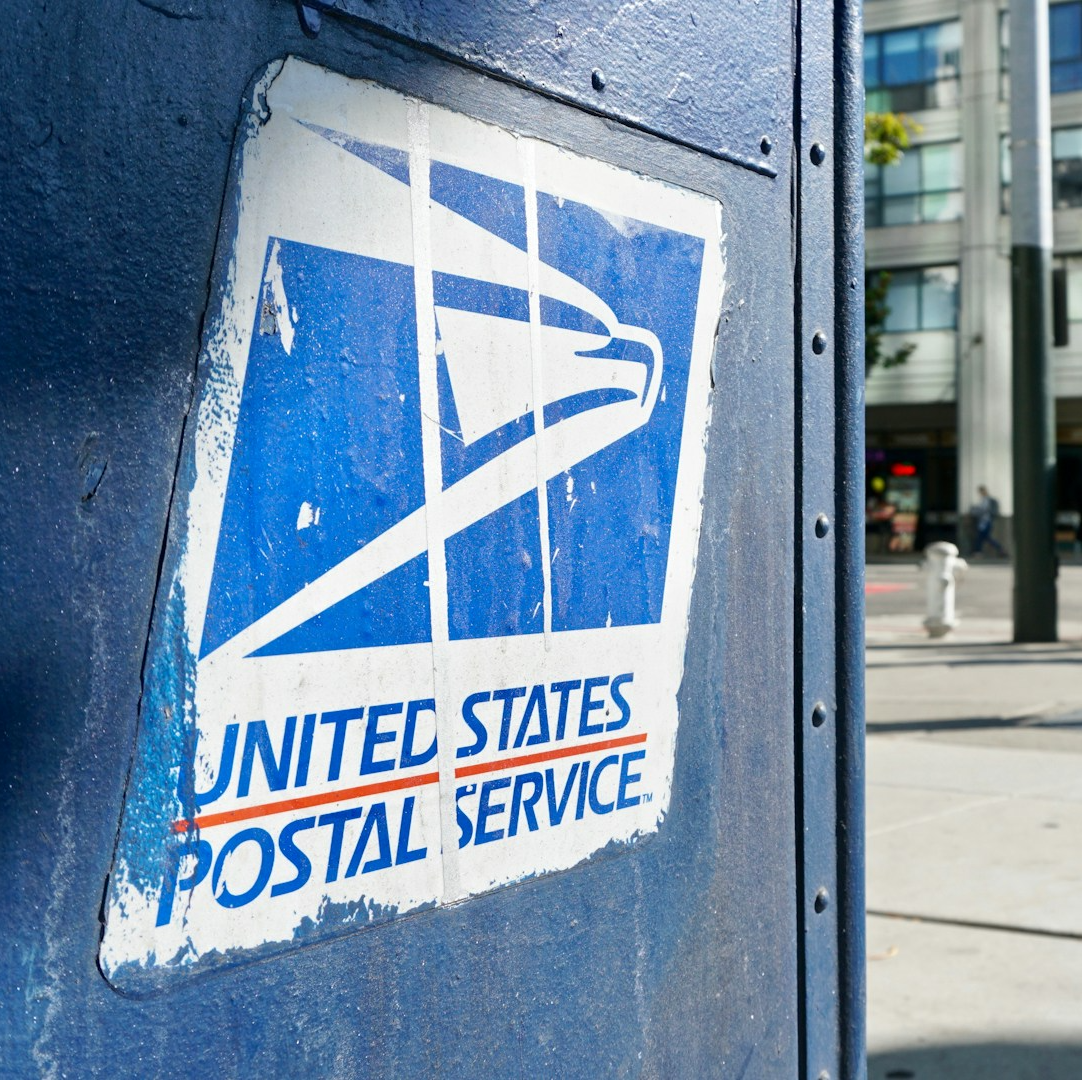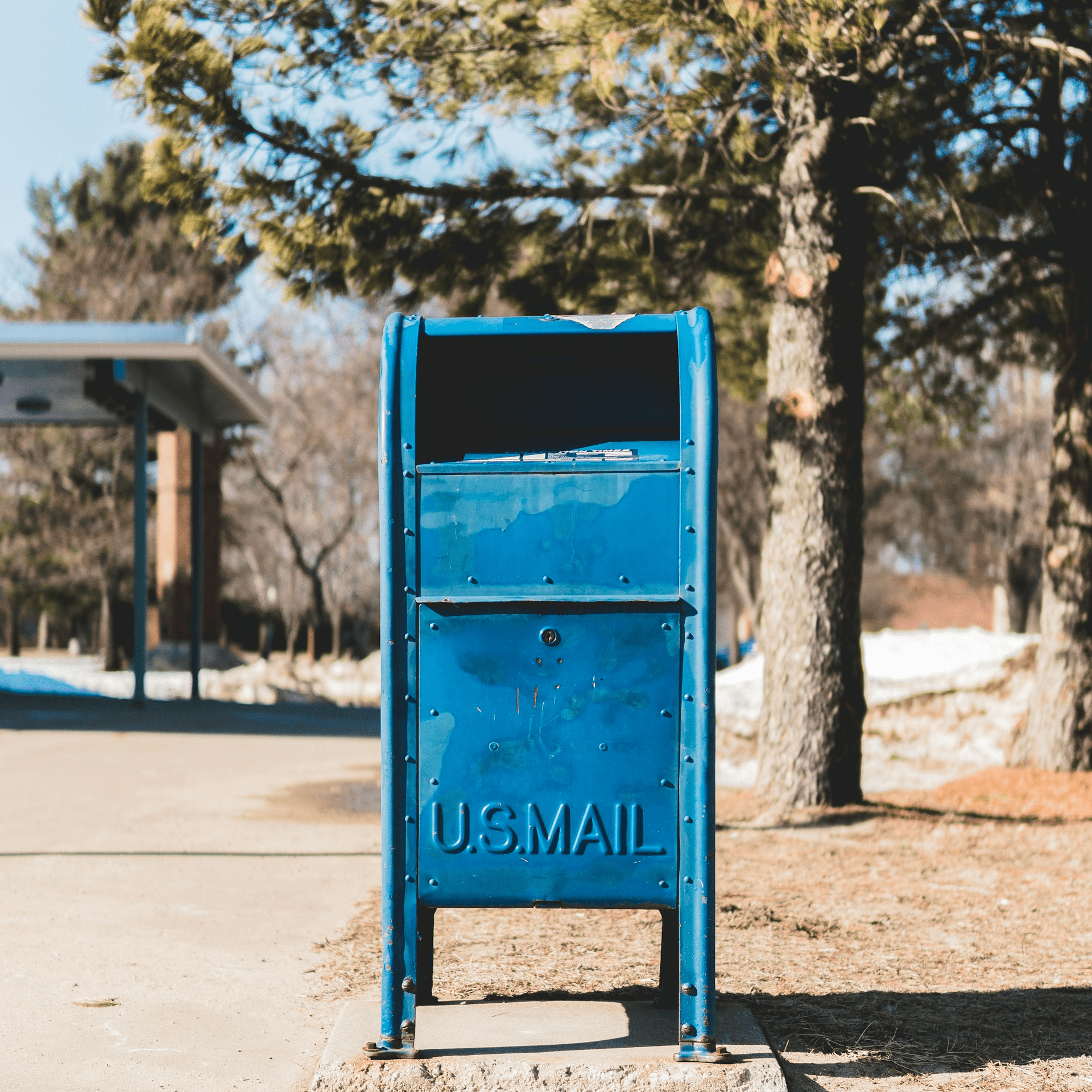Key Takeaways
-
The transition to the Postal Service Health Benefits (PSHB) program in 2025 brings significant changes to your health coverage, impacting premiums, benefits, and coordination with Medicare.
-
Understanding enrollment timelines, Medicare integration requirements, and cost-saving opportunities will help you maximize your benefits and avoid coverage gaps.
A New Era for Postal Health Coverage
Starting January 1, 2025, the Postal Service Health Benefits (PSHB) program replaces the Federal Employees Health Benefits (FEHB) program for Postal Service employees and retirees. This shift introduces a tailored health coverage system exclusively for the Postal Service workforce. It’s crucial to familiarize yourself with these changes to make informed decisions about your healthcare needs.
Key Changes You Need to Know
Transition From FEHB to PSHB
The PSHB program marks a significant departure from the traditional FEHB system. If you’re currently enrolled in FEHB, you’ll be automatically transitioned to a corresponding PSHB plan unless you take action during Open Season. This transition ensures continuous coverage without interruption but also presents an opportunity to review your options.
Automatic Enrollment Explained
If you’re already enrolled in an FEHB plan, you don’t need to worry about losing coverage. The Office of Personnel Management (OPM) will automatically enroll you in a PSHB plan that closely matches your current FEHB coverage. However, reviewing your options during the Open Season ensures you’re not missing out on plans better suited to your needs.
Open Season Timeline
The 2024 Open Season for PSHB ran from November 11 to December 13, 2024. During this period, you could:
-
Choose a new PSHB plan.
-
Confirm your automatic enrollment.
-
Make adjustments to include eligible family members.
For any changes outside Open Season, you’ll need a Qualifying Life Event (QLE) such as marriage, birth, or loss of other health coverage.
Medicare Integration: What It Means for You
Mandatory Medicare Part B Enrollment
One of the most notable aspects of PSHB is the integration with Medicare for eligible retirees and family members. If you or your dependents are Medicare-eligible, enrollment in Medicare Part B is mandatory to maintain PSHB coverage. Exceptions apply if you retired on or before January 1, 2025, or meet other specific criteria.
Cost-Saving Opportunities With Medicare
Enrolling in Medicare Part B provides access to cost-saving measures under PSHB plans. These may include:
-
Partial reimbursements for your Medicare Part B premiums.
-
Reduced deductibles and coinsurance for services covered by both Medicare and PSHB.
Automatic Enrollment in Prescription Drug Coverage
Medicare-eligible members will be automatically enrolled in a Medicare Part D Employer Group Waiver Plan (EGWP) through their PSHB plan. This feature simplifies managing prescription drug benefits and ensures compliance with Medicare Part D requirements.
Navigating Costs and Contributions
Premiums and Government Contributions
Under PSHB, premiums for employees and retirees will continue to include a government contribution. While specific premium amounts vary by plan, the federal government’s contribution typically covers a significant portion of the total cost, leaving you responsible for the remainder through payroll deductions or annuity payments.
Deductibles and Out-of-Pocket Limits
PSHB plans will include familiar cost-sharing features like deductibles, copayments, and out-of-pocket maximums. Keeping track of these figures helps you budget effectively for your healthcare needs. The introduction of a $2,000 out-of-pocket cap for prescription drug costs under Medicare Part D in 2025 is a significant enhancement.
Understanding Eligibility and Coverage Details
Who’s Eligible?
Eligibility for PSHB coverage includes:
-
Current Postal Service employees.
-
Retirees receiving an annuity.
-
Eligible family members, including spouses and dependent children.
If you’re currently covered under a family member’s FEHB plan, you can continue that coverage or explore PSHB options during Open Season.
Coverage for Family Members
Your family members’ eligibility mirrors existing FEHB rules. Be sure to verify their status during Open Season to avoid surprises. Eligible dependents include:
-
Your spouse.
-
Children under age 26.
-
Disabled children incapable of self-support.
Special Features of PSHB Plans
Tailored Benefits for Postal Employees
PSHB plans are specifically designed to meet the unique needs of Postal Service employees and retirees. This tailoring ensures:
-
Comprehensive coverage for medical, dental, and vision services.
-
Access to a wide network of providers nationwide.
Enhanced Prescription Drug Coverage
With the integration of Medicare Part D, PSHB plans offer robust prescription drug benefits. The Employer Group Waiver Plan (EGWP) simplifies managing drug costs and ensures compliance with Medicare regulations. For non-Medicare-eligible members, equivalent prescription drug benefits are included.
Avoiding Common Pitfalls
Missing Enrollment Deadlines
Missing Open Season or failing to act during a QLE window can leave you with unwanted coverage or gaps. Mark your calendar and act promptly to ensure your selections align with your needs.
Overlooking Medicare Requirements
If you’re Medicare-eligible, forgetting to enroll in Part B can jeopardize your PSHB coverage. Verify your eligibility and ensure timely enrollment to avoid disruptions.
Not Reviewing Plan Options
While automatic enrollment ensures continuous coverage, it’s worth reviewing all available plans during Open Season. This proactive step ensures you’re not paying more than necessary or missing out on valuable benefits.
Making the Most of Open Season
Steps to Take During Open Season
To make informed choices:
-
Review Plan Brochures: Compare benefits, premiums, and provider networks.
-
Assess Your Needs: Consider changes in your health or family situation.
-
Use Online Tools: Many resources, such as plan comparison tools, can simplify decision-making.
Seeking Assistance
If you’re unsure about your options, resources are available to help. The OPM website and your Postal Service Human Resources office can provide guidance.
Preparing for the Transition
Staying Informed
Regular updates from OPM and the Postal Service will help you stay informed about the PSHB program. Keep an eye out for mailers, emails, and online resources.
Understanding Your Responsibilities
Taking charge of your health benefits requires:
-
Knowing your eligibility and Medicare requirements.
-
Meeting enrollment deadlines.
-
Reviewing plan options annually.
What Happens After January 1, 2025
Once the PSHB program is in effect, your chosen plan will manage your healthcare benefits. Familiarize yourself with your plan’s rules, network, and coverage details to avoid surprises when accessing care.
How This Affects Retirees
Continuity of Coverage
Retirees currently enrolled in FEHB will transition seamlessly to PSHB, maintaining similar benefits. However, retirees should:
-
Confirm their Medicare Part B enrollment if eligible.
-
Review PSHB plans to ensure their needs are met.
Financial Considerations
The PSHB program aims to minimize financial strain for retirees by aligning with Medicare and maintaining government contributions. Review plan costs and coverage annually to make the most of your benefits.
Plan for a Smooth Transition
The introduction of the PSHB program represents a significant shift for Postal Service employees and retirees. With proper planning, you can navigate this change confidently. Take advantage of Open Season, understand Medicare requirements, and stay informed to ensure a smooth transition into this new era of health coverage.










